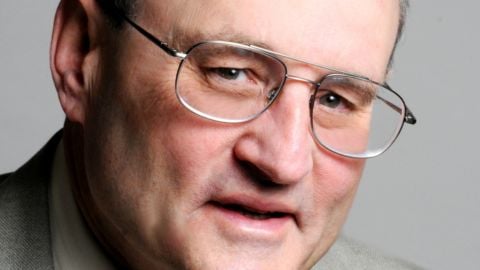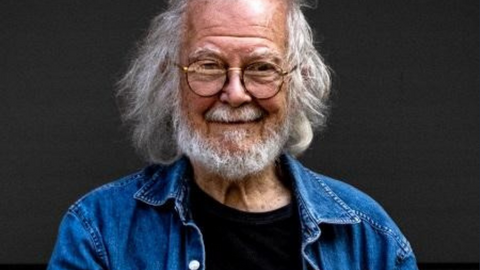What does it take for warnings about violent conflict and war to be listened to, believed and acted upon? Why are warnings from some sources noticed and largely accepted, while others are ignored or disbelieved? These questions are central to considering the feasibility of preventing harm to the economic and security interests of states. Challenging conventional accounts that tend to blame decision-makers’ lack of receptivity and political will, Christoph Meyer offers a new theoretical framework explaining how distinct ‘paths of persuasion’ are shaped by a select number of factors, including conflict characteristics, political contexts, and source-recipient relations. Co-written by Dr Chiara De Franco and Dr Florian Otto and funded by the European Research Council.
Image courtesy of interviewee. February 5, 2020






